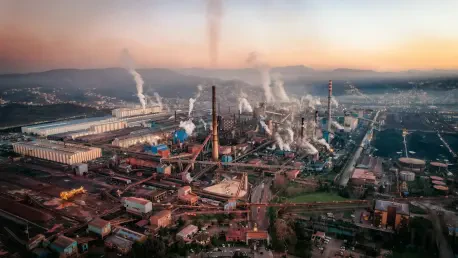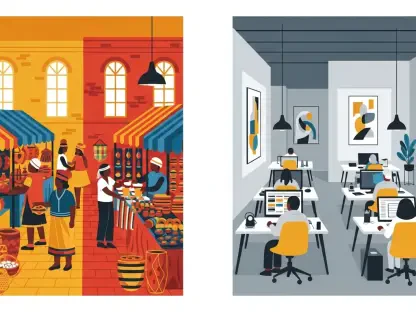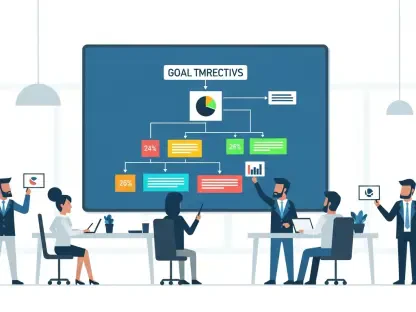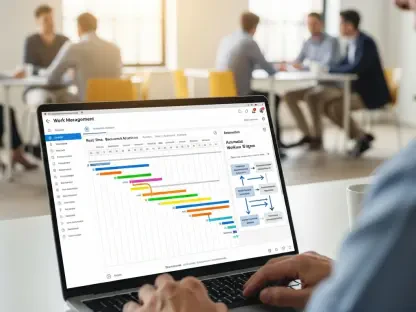Manufacturing in the U.S. is undergoing substantial shifts due to influential policy maneuvers like tariffs and tax reforms. These intertwined components are shaping a distinct new landscape for manufacturers, forcing them to adapt strategies to both challenges and opportunities introduced by such policies.
Contextualizing the Evolving Manufacturing Ecosystem
The recent implementation of tariffs, prominently under Trump’s administration, has marked a significant shift in U.S. manufacturing dynamics. Historically protective in nature, tariffs are now being used more assertively, creating a host of new challenges, primarily increasing material prices. This change has left manufacturers entangled in a web of unpredictability as these tariffs impact foundational inputs. Paired with tax reforms aimed at invigorating the domestic market, these policies are redefining strategic approaches in ways that warrant closer examination.
Comprehensive Market Analysis and Emerging Patterns
Exploring the Influence of Material Tariffs
Material tariffs, especially on commodities like copper, are causing noticeable disruptions in supply chains. The intention behind these tariffs often contrasts significantly with their outcomes, as the increase in raw material costs places a strain on operational budgets. Data show that such tariffs have added layers of complexity for manufacturers who rely on international imports. Even as they strive to protect local industries, these tariffs paradoxically result in elevated costs and potential instability.
Navigating the Framework of Tax Reforms
Simultaneously, tax reforms offer a counter-narrative with a focus on stimulating growth through various economic incentives. The extension of the 2017 Tax Cuts and Jobs Act under the moniker ‘One Big, Beautiful Bill’ has been pivotal in easing tax pressures on manufacturers, fostering a climate conducive to innovation and expansion. These fiscal advantages are designed to spur investment in technology and manpower, presenting a mix of encouragement amid tariff-induced concerns.
Understanding Regional Discrepancies and Technological Advancements
Besides federal policies, state-level tax incentives also play crucial roles in shaping manufacturing strategies. Diverse regional benefits can significantly influence where manufacturers choose to base operations, highlighting opportunities for growth in less conventional regions. As companies navigate these regional differences, they are increasingly turning to modern technologies and sustainable methodologies, which enhance productivity and reduce dependency on volatile supply networks.
Reflecting on Implications and Strategic Directions
The findings illustrate a complex interplay of factors influencing U.S. manufacturing. While tariffs have introduced a level of unpredictability, they have also prompted manufacturers to innovate and seek efficiencies. Tax reforms, conversely, have provided a growth foundation that skilled manufacturers could capitalize on. Embracing digital advancements and applying environmentally sustainable practices emerged as critical solutions. Moreover, strategic agility remained key, enabling manufacturers to continuously pivot and realign with ongoing policy shifts.
Actionable Insights and Future Considerations
Moving forward, manufacturers need to remain adaptable, honing strategies that leverage technological advancements while minimizing tariff impacts. Prioritizing sustainable practices becomes increasingly essential. Furthermore, manufacturers consider ongoing policy developments, ready to recalibrate operations as conditions evolve. These insights underscore the importance of maintaining a balance between taking advantage of tax incentives and overcoming tariff-related obstacles to drive industry success.









